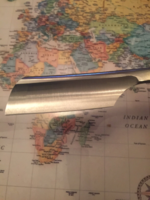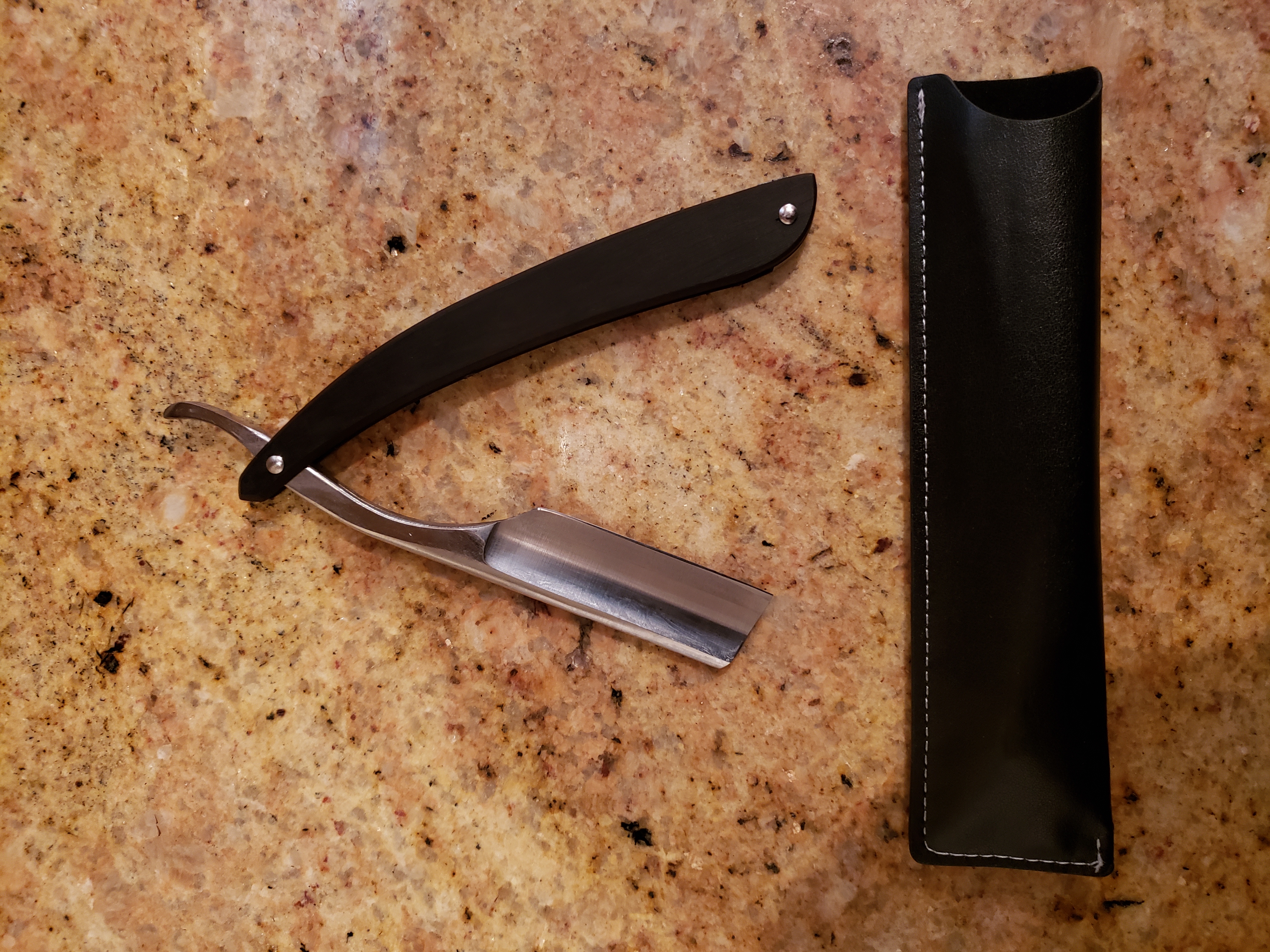Slash McCoy
I freehand dog rockets
Could you give me an opinion on the 208 vs 800? Looking to buy one for BF. Was leaning towards the 208 to start but wondering if there are differences besides the 800 being less likely to rust.
IMHO the best Gold Dollar, straight out of the box with no modification, is the W60. If it is honed by a competent individual it will shave nicely. Don't worry about rust. The vast majority of razors are not stainless. We take care of them, do not put them away wet or store them in the bathroom or other humid place, and usually store either in silicone razor socks, or oil them.




